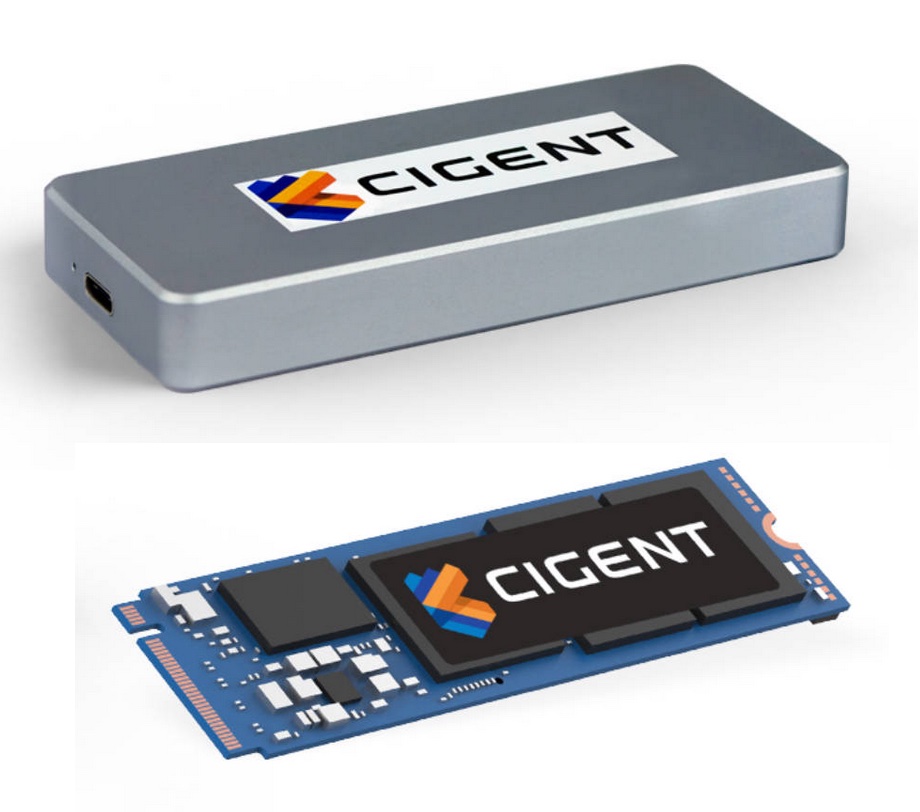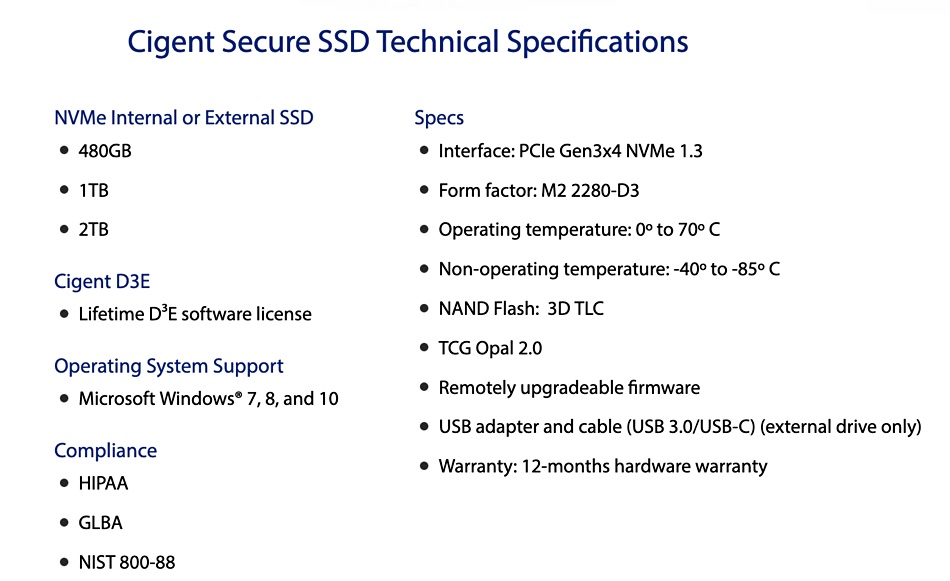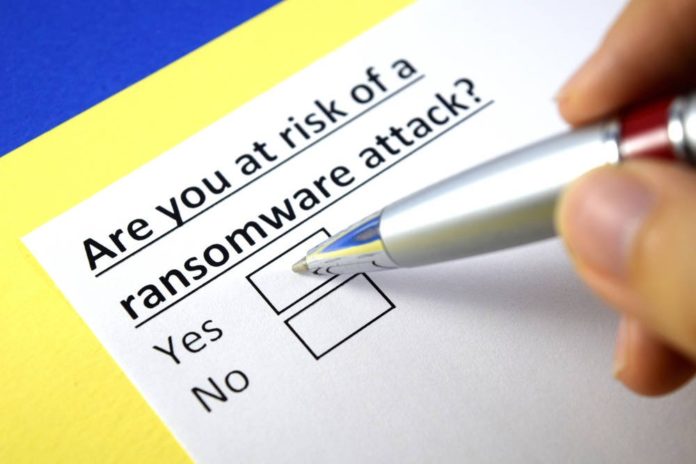Cyber-security startup Cigent Technology has built a “self-defending” Secure SSD which constantly checks the credentials of any access to data on the drive. The firm claims it can make data “invisible” if an attack is detected.
It has built Dynamic Data Defence Engine (D³E) software that, for Windows 10 users, has file-level Zero-Trust access controls, and uses encryption and multi-factor access control. Cigent uses this D³E software in its Aspen, K2 and Denali Secure SSDs. There is a D³E Windows-based agent that works with Phison E12DC-Crypto-SSD controller firmware.
The combination provides ransomware detection and response to constantly protect data.

Michael Wu, president and GM of Phison Electronics US, said in a statement: “As the world’s first and only self-defending solid-state storage devices, the Cigent Secure SSD family is a true breakthrough that challenges conventional thinking about data security.”
Greg Scasny, CTO of Cigent, said: “Software-only security is often easily bypassed, but our multi-patented, multi-layered self-defending storage is able to make critical data completely inaccessible and literally invisible to adversaries.”
Specs
Cigent and Phison say their combined product uses machine learning, deception detection, and a set of threat sensors to identify security anomalies.

During an attempt to ransom or steal data, the firm says, the system stores data in threat-aware virtual safe rooms that cease to exist from the operating system’s point of view. A so-called Dual Mode of provides private/secure and non-private storage partitions that are independent and invisible to one another and to adversaries.
A KeepAlive heartbeat arrangement can automatically encrypt drive data if designated cyber-security software stops running.
Cigent’s K2 Secure SSD and D³E software are both available now. The Denali Secure SSD, with machine learning-based data protection, will be available in summer 2021.
You can install drives as primary internal Windows PC storage, as secondary internal storage (such as in a desktop tower), or as external USB-connected media.








